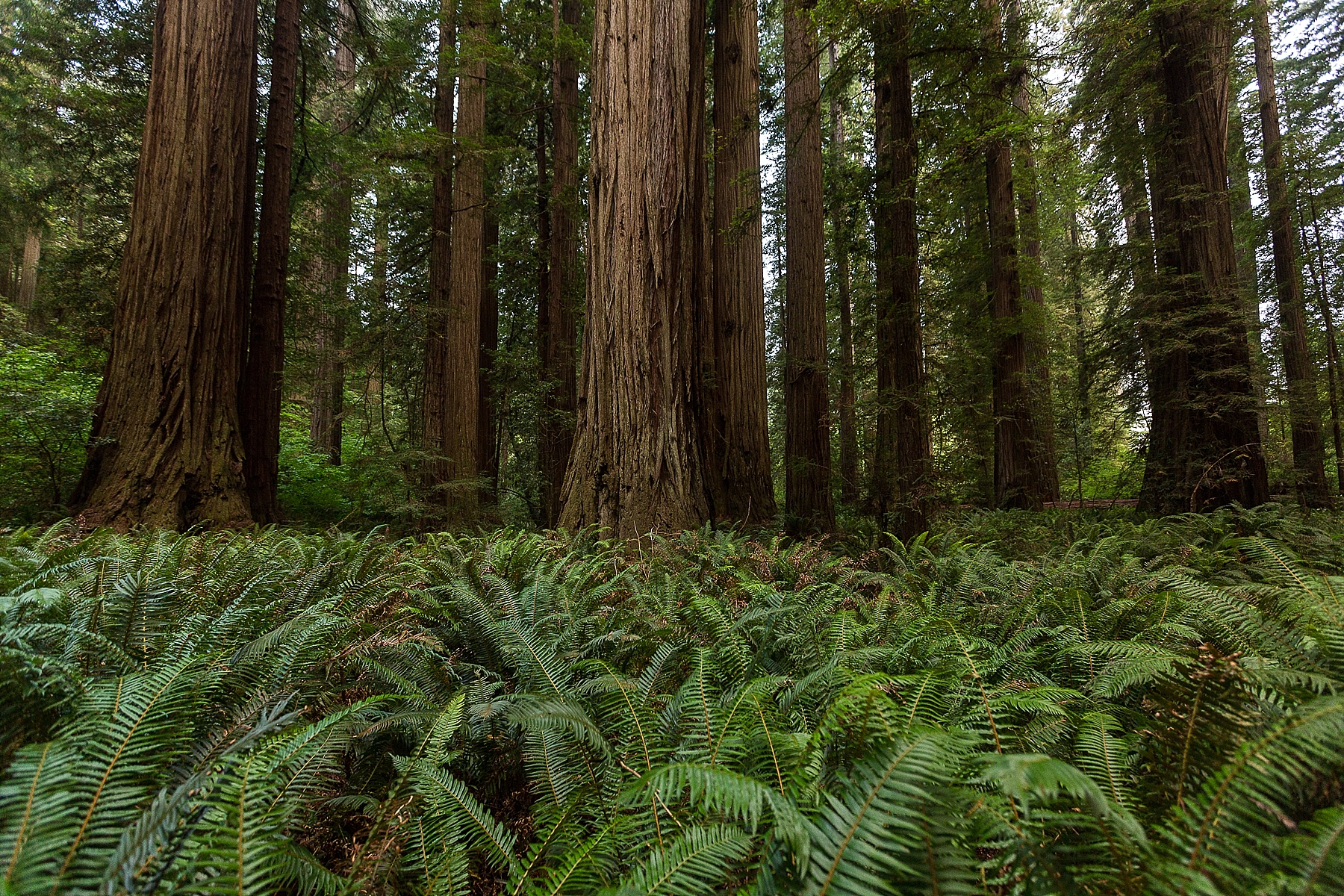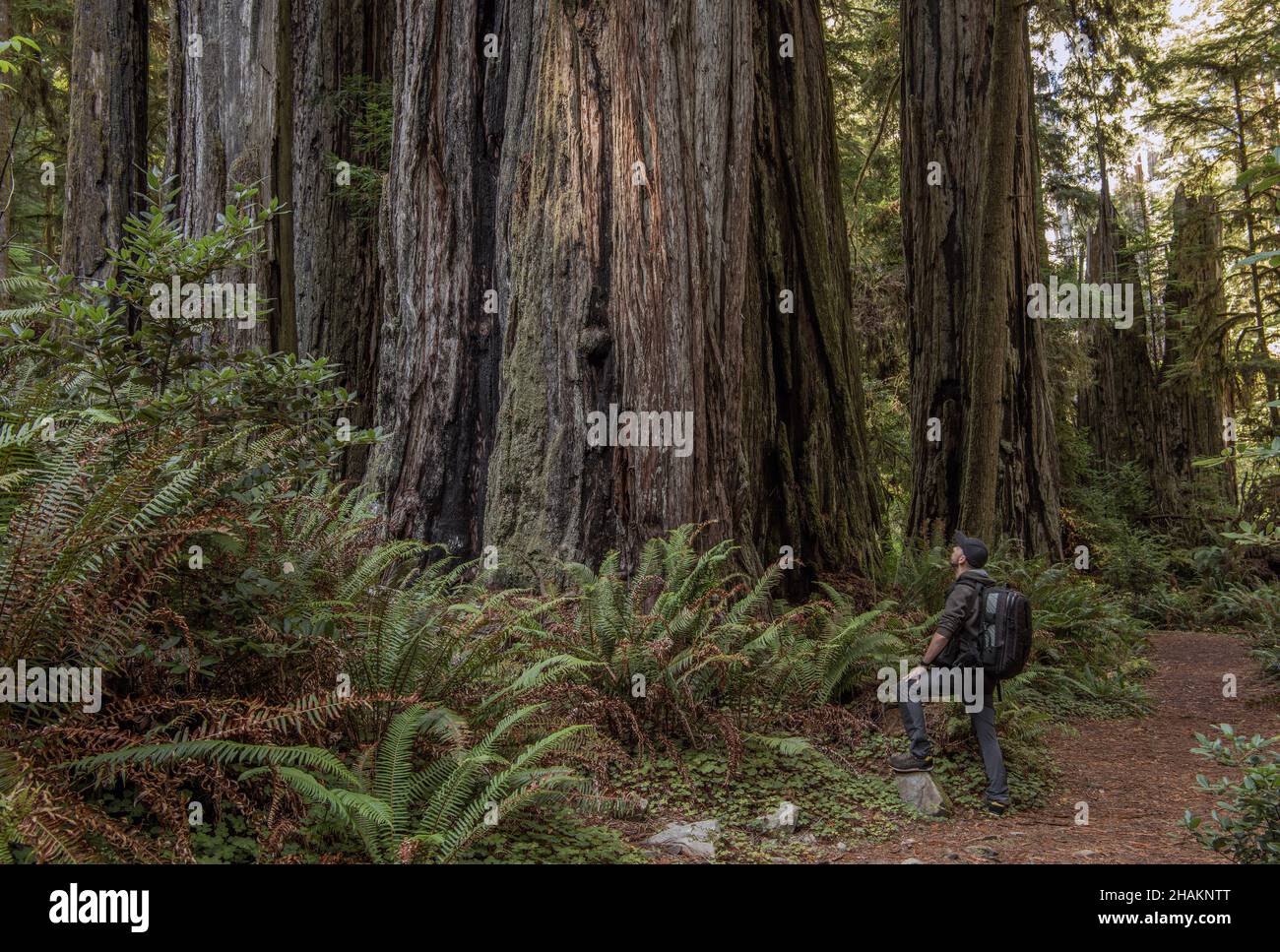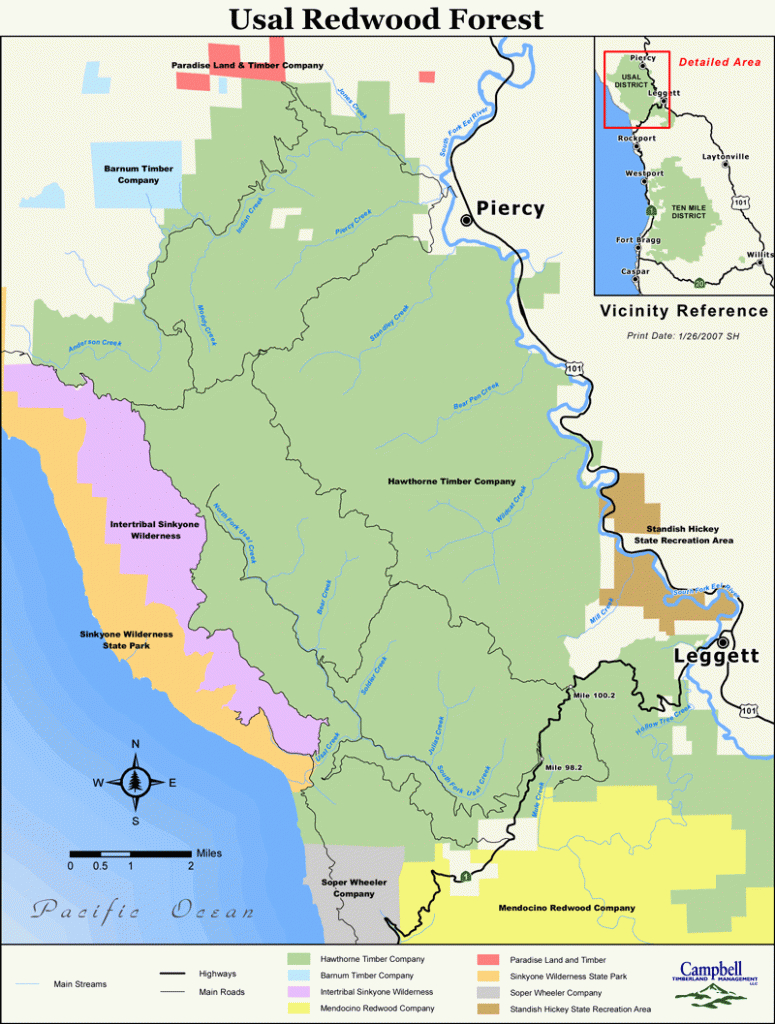From Redwood Forests to Golden Coast: Exploring the Vibrant Tribes of Northern California
From Redwood Forests to Golden Coast: Exploring the Vibrant Tribes of Northern California

Northern California is a land of stunning beauty, a tapestry woven from towering redwoods, rugged coastlines, and fertile valleys. But beneath the surface of this breathtaking landscape lies a rich history, deeply rooted in the vibrant cultures of the indigenous people who have called this region home for millennia.
From the snow-capped peaks of the Sierra Nevada to the crashing waves of the Pacific, Northern California is home to a diverse array of Native American tribes, each with its own unique language, traditions, and stories. Today, these tribes are working to revitalize their cultures, preserve their heritage, and advocate for their rights.
Related Articles: From Redwood Forests to Golden Coast: Exploring the Vibrant Tribes of Northern California
- California’s Hidden Worlds: A Guide To The State’s Native Reservations
- Uncover the Enchanting Tapestry of Indian Tribes in New Mexico
- Unveiling the Richest Indian Reservation in the US: Discoveries and Insights
- Unveiling The Tapestry: A Journey Through America’s Indian Reservations
- Unveiling the Native Tapestry of the Texas Panhandle
A Land of Diverse Tribes
The tribes of Northern California are as diverse as the land itself. From the Karuk people of the Klamath River region to the Miwok tribes of the Sierra foothills, each tribe has a distinct history, language, and cultural practices.
The Karuk
The Karuk, known for their deep connection to the Klamath River, are renowned for their basketry, which is considered some of the finest in the world. Their intricate weaving reflects a profound understanding of the natural world, using materials like willow, redbud, and hazel. The Karuk also have a rich oral tradition, filled with stories, songs, and dances that celebrate their ancestors, their land, and their connection to the spirit world.
The Yurok
The Yurok, who lived along the lower Klamath River and the Pacific Coast, were known for their skilled fishermen and their intricate carvings. Their traditional houses, built from redwood planks, were impressive feats of engineering and architectural skill. The Yurok also developed a complex system of social organization and governance, with chiefs and councils responsible for managing the tribe’s affairs.
The Hupa
The Hupa, who lived in the Trinity River region, were known for their elaborate regalia and their powerful ceremonies. Their ceremonial dances, often performed in elaborate costumes adorned with feathers and beads, were a testament to their artistry and their deep connection to the spiritual realm.

The Miwok
The Miwok, who inhabited the Sierra Nevada foothills, were known for their mastery of the land and their ability to adapt to different environments. They developed a sophisticated system of agriculture, growing corn, beans, and squash in the fertile valleys. They also hunted deer, elk, and other animals in the surrounding forests and mountains.
The Pomo
The Pomo, who lived in the Lake County region, were known for their distinctive art, including their beautiful basketry and their intricate beadwork. Their intricate designs often depicted animals, plants, and other natural elements, reflecting their deep connection to the land.
A Legacy Under Threat

The rich cultural heritage of Northern California’s indigenous people faced immense challenges in the 19th and 20th centuries. Forced removal from their ancestral lands, suppression of their languages and traditions, and the devastating impact of disease all took their toll.
The Fight for Recognition
Despite these hardships, the tribes of Northern California have shown remarkable resilience. They have fought tirelessly for recognition of their rights, the preservation of their cultures, and the restoration of their ancestral lands.
The Fight for Self-Determination
In recent decades, there has been a growing movement for tribal self-determination, with tribes taking control of their own education, health care, and economic development. This movement has empowered tribes to reclaim their sovereignty and to shape their own futures.
:max_bytes(150000):strip_icc()/redwood-trail-through-trees-in-the-forest-183547202-59df9e5503f4020010f7d1d8.jpg)
The Importance of Preservation
The preservation of Native American cultures is essential not only for the tribes themselves but for all of society. The stories, languages, and traditions of these tribes hold valuable insights into the history and culture of our nation.
A Call to Action
We can all play a role in supporting the work of Native American tribes. We can learn about their histories and cultures, support their businesses and organizations, and advocate for their rights.
The Future is Bright
Despite the challenges they have faced, the tribes of Northern California are looking to the future with hope. They are working to revitalize their languages, traditions, and cultures, and to ensure that their stories are passed down to future generations.
Beyond the History: A Look at Modern Life
While the past holds a wealth of information, it’s crucial to understand the present realities of these tribes. Today, they’re not just preserving their heritage, they’re actively shaping their future.
Economic Development and Self-Sufficiency
Many tribes in Northern California have embraced economic development initiatives. From casinos to eco-tourism ventures, they’re creating opportunities for their communities and fostering self-sufficiency. These efforts not only generate revenue but also help to preserve their cultural identity.
Education and Language Revitalization
The fight to preserve Native American languages is a critical battle. Many tribes are establishing language immersion programs, creating textbooks, and promoting the use of their native languages in everyday life. This effort ensures that the rich oral traditions and cultural knowledge are passed down to future generations.
Health and Well-being
Tribal health is another crucial area of focus. Tribes are establishing their own health care systems, addressing the unique health needs of their communities, and promoting traditional healing practices.
The Role of Art and Culture
Art and culture play a vital role in tribal life. Traditional crafts, dance, and music are not just expressions of their heritage, they are also powerful tools for healing, connection, and empowerment. Many tribes are hosting cultural events, showcasing their art, and sharing their stories with the wider world.
A Legacy of Resilience
The tribes of Northern California stand as a testament to the strength and resilience of the human spirit. They have endured centuries of hardship and oppression, yet they have emerged stronger, more determined, and more committed to preserving their heritage. Their story is a reminder of the importance of preserving our shared history and celebrating the diversity of cultures that enrich our nation.
FAQ: American Indian Tribes in Northern California
Q: What are some of the most well-known tribes in Northern California?
A: Some of the most well-known tribes in Northern California include the Karuk, Yurok, Hupa, Miwok, and Pomo.
Q: Where can I learn more about the history and culture of these tribes?
A: You can learn more about the history and culture of these tribes by visiting their websites, attending cultural events, and visiting museums and cultural centers.
Q: How can I support the work of these tribes?
A: You can support the work of these tribes by donating to their organizations, volunteering your time, and advocating for their rights.
Q: What are some of the challenges facing these tribes today?
A: Some of the challenges facing these tribes today include the loss of their languages, the need for economic development, and the impact of environmental degradation.
Q: What is the future for these tribes?
A: The future for these tribes is bright. They are working to revitalize their cultures, preserve their heritage, and advocate for their rights. With the continued support of their communities and allies, they are poised to shape their own futures and to ensure that their stories are passed down to future generations.

Closure
Thus, we hope this article has provided valuable insights into From Redwood Forests to Golden Coast: Exploring the Vibrant Tribes of Northern California. We hope you find this article informative and beneficial. See you in our next article!